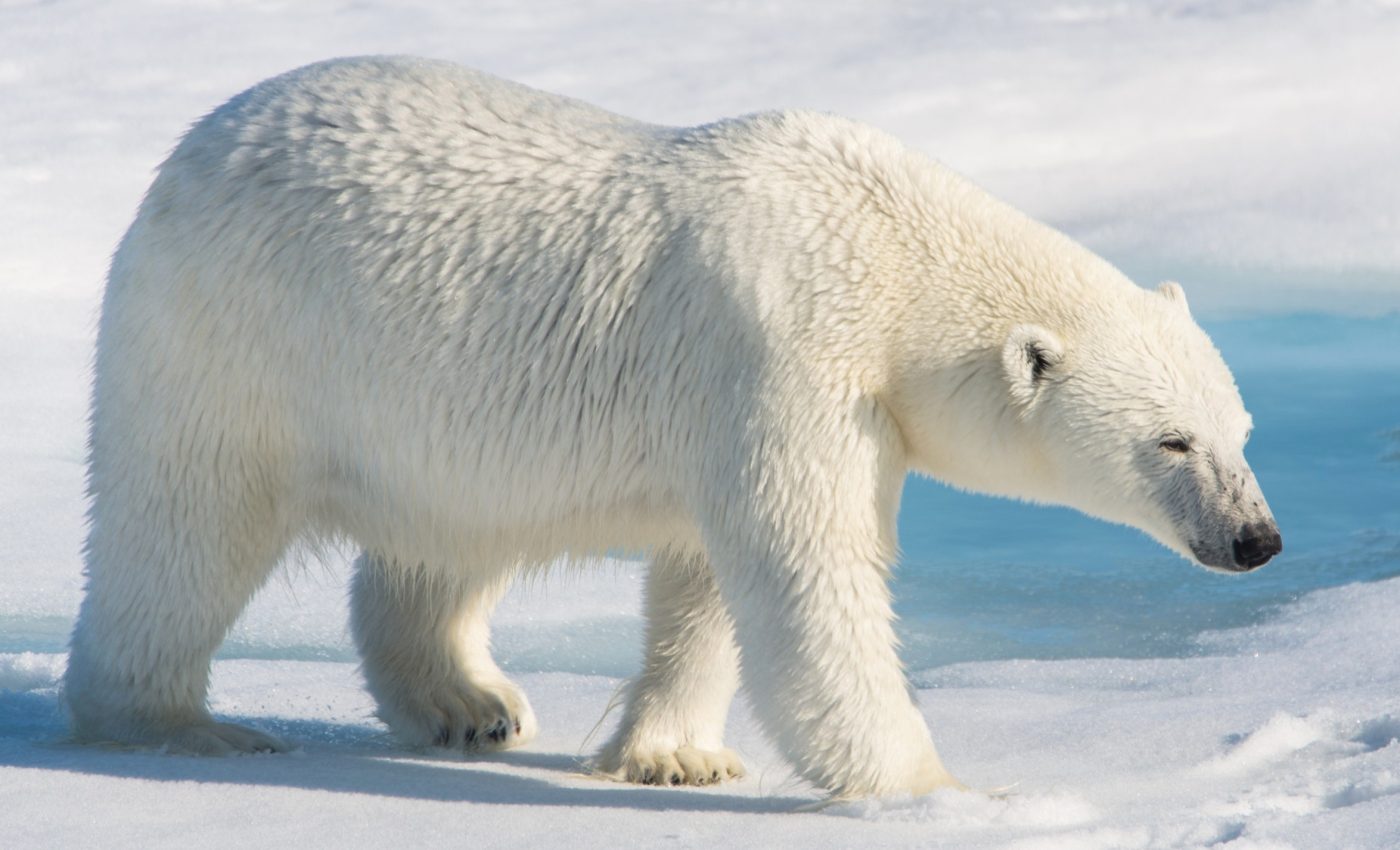
How polar bears keep the Arctic food web alive
The Arctic may appear still and desolate, yet it supports a continuous web of life. Every organism depends on others through complex ecological interactions that often go unnoticed.
Among them, the polar bear – commonly recognized as the region’s apex predator – plays an unexpected role: sustaining a diverse community of scavengers that rely on the remains of its hunts.
A new study published in the journal Oikos shows that polar bears are not just predators. They are also powerful food suppliers for many Arctic animals.
Researchers discovered that these bears leave behind about 7.6 million kilograms of prey each year. Those leftovers keep an entire web of scavengers alive.
How polar bears feed Arctic life
When a polar bear hunts a seal, the hunt doesn’t end with its meal. The remains left on the sea ice become a feast for others.
Arctic foxes, ravens, and even smaller birds depend on that meat to survive long winters. This act connects two worlds – ocean and land – through one predator’s routine.
“Our findings quantify for the first time, the sheer scale of polar bears as a food provider to other species and the interconnectedness of their ecosystem,” said Holly Gamblin, lead author of the study and PhD candidate at the University of Manitoba.
“What is apparent from this review is that there is no other species that adequately replaces how a polar bear hunts, in which they drag their prey from the water to the sea ice and leave substantial remains for other species to access.”
Arctic species depend on polar bears
The researchers identified 11 animal species that rely on this carrion, as well as another 8 species that likely benefit. This means that when one polar bear feeds, dozens of others indirectly eat as well. The ecosystem runs on that exchange.
The connection feels fragile. If fewer polar bears hunt, fewer scavengers find food. That small shift could shake the stability of the Arctic’s living network.
Every carcass left behind becomes part of a larger rhythm – one that keeps the frozen wilderness alive.
An interconnected food web
This cycle also influences smaller, unseen organisms. Bacteria and invertebrates thrive on the remains, breaking them down and returning nutrients to the ecosystem.
Even birds migrating across the Arctic depend on these feeding grounds to regain strength and survive their journey.
The ripple of one hunt travels through layers of life, from predators to decomposers. When ice melts earlier, this chain loses its timing, leaving gaps in food availability.
The Arctic, though vast and cold, operates like a finely tuned system, where one lost link can affect all the rest.
Sea ice loss affects all
Warming temperatures are shrinking the sea ice that polar bears depend on for hunting. With less ice, fewer seals get caught. With fewer kills, scavengers lose access to a key food source. It’s a chain reaction with quiet but deep consequences.
“Our research highlights the important role of polar bears as carrion providers,” said Dr. Nicholas Pilfold, a scientist at San Diego Zoo Wildlife Alliance.
“The sea ice acts as a platform for many species to access scavenging resources provided by polar bears, and ultimately, declines in sea ice will reduce access to this energy source.”
“Our findings indicate that documented declines in polar bear abundance in two subpopulations have already resulted in the loss of more than 300 tonnes of food resources for scavengers annually.”
Each lost bear represents far more than one predator gone. It signals a gap in the Arctic’s food supply, a silence that spreads across the ice.
Losing polar bears breaks the balance
The study exposes how deeply linked Arctic species are, and how polar bears anchor that balance. When their numbers drop, the ripple touches everything – foxes, birds, even bacteria that feed on the remains.
The Arctic functions as one system, where strength lies in connection, not isolation. Saving the polar bear means saving this network.
Protecting sea ice ensures that energy keeps moving between ocean and land. Without that bridge, the Arctic loses more than a species; it loses its rhythm of survival.
The study is published in the journal Oikos.
—–
Like what you read? Subscribe to our newsletter for engaging articles, exclusive content, and the latest updates.
Check us out on EarthSnap, a free app brought to you by Eric Ralls and Earth.com.
—–













